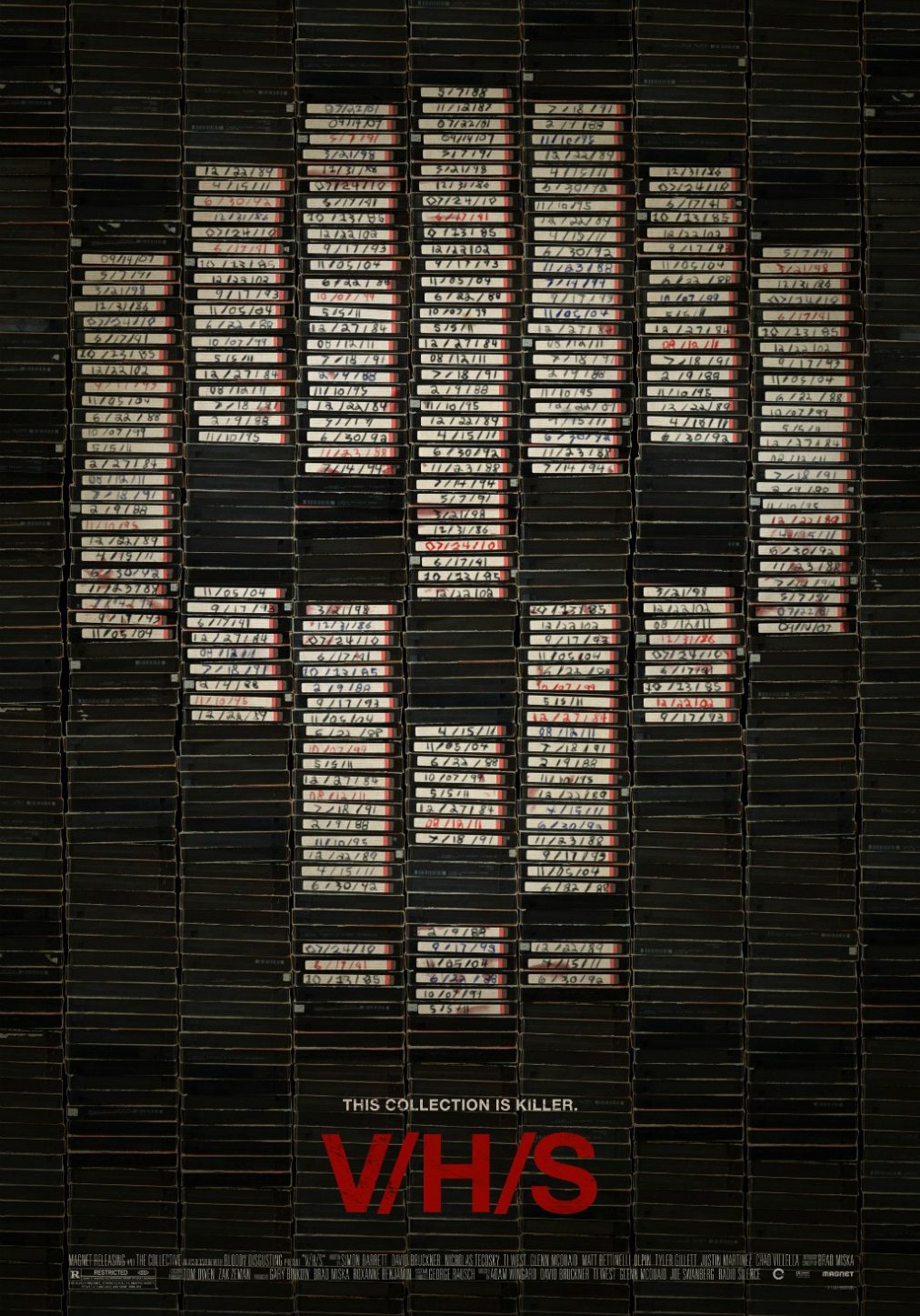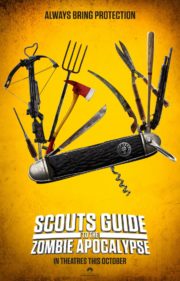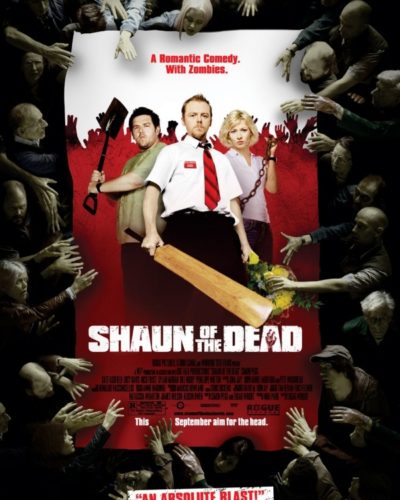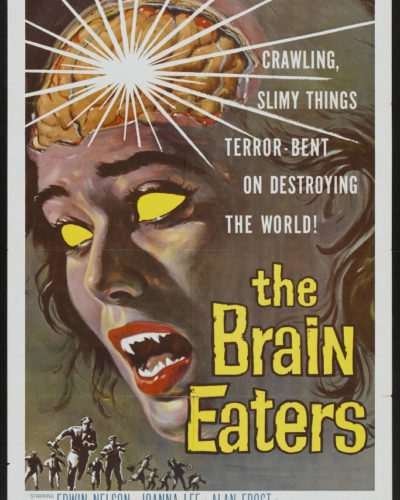A Tape Worth Rewinding? – A Critique of “V/H/S”
“I like you.” A bone-chilling whisper repeats in one of the more memorable segments of the 2012 found-footage anthology, V/H/S. This collaborative effort, orchestrated by directors Adam Wingard, David Bruckner, Ti West, Glenn McQuaid, Joe Swanberg, and the filmmaking collective Radio Silence, stitches together a series of tapes to terrorize any who lay eyes upon them. Loosely connected by a frame narrative featuring petty criminals tasked with retrieving a mysterious VHS tape, they break into a home only to find a lifeless body and a stack of videos, each unveiling a new nightmare.
Distorted Frequencies – Atmosphere and Tone
The ambiance of V/H/S is crafted with a dedication to the grainy, erratic aesthetic of home-recorded footage. This stylistic choice lays the groundwork for an aura of authenticity that enhances the eerie voyeurism at the heart of the film. With each segment, there’s an inescapable closeness to violence and horror that’s magnified by the intimate framing of hand-held cameras.
The directors excel at incrementally amping up the dread. From the anticipation between static cuts to the haunting uncertainty of what lies beyond the camera’s night vision, the film relies on a classic formula of suspense peppered with unpredictable jolts. Moreover, these vignettes subscribe to different horror sub-genres, from slasher flicks and supernatural hauntings to alien encounters, creating an unpredictable smorgasbord of fear.
The Devil’s in the Details – Cinematography and Visuals
The cinematography of V/H/S, while intentionally amateur in style, is anything but simplistic. Camera work is cleverly orchestrated to immerse viewers into the unfolding chaos, pushing the boundaries of the found-footage genre with arresting imagery. Lighting is often scarce, casting shadows that play tricks on the eyes, while occasional colorful displays underscore scenes of violence.
One particular segment that stands out is the Radio Silence contribution, employing seamless effects that leave viewers questioning the reality of the supernatural events. The film deliberately toys with the safety of the off-screen space, creating a tension that is both visceral and psychological.
In terms of sound design, V/H/S uses its gritty, lo-fi audio to unsettle the audience. Dissonant noise and subtle background sounds creep into the subconscious while overt silence, at times, becomes deafening, marking the precursor to a scare or enhancing a quiet moment of dread.
Screaming Performances – Acting and Characterization
Characters across V/H/S are characterized more by their immediate reactions to terror than by deep background stories. Performances range broadly, with some actors delivering compellingly naturalistic portrayals, while others seem to lean too heavily into genre tropes. Notable standouts contribute to the film’s most spine-tingling moments through sheer believability, leaving audiences with lingering sentiments of empathy and horror.
The type of horror showcased skews towards the visceral and macabre, although each narrative has its unique brand—splatters of gore for the slasher fan, heart-pounding suspense for the psychological thriller aficionado, and enough strange phenomena for those who revel in the supernatural. However, the execution of these elements is somewhat inconsistent; some segments manage to deliver lingering chills while others leave us with a lukewarm aftertaste.
Talking Points from the Twilight Zone – Themes and Impact
Beyond scares, V/H/S lightly brushes against themes of voyeurism, masculinity, and consequences of unchecked curiosity. The anthology format permits a brief exploration of these issues but forgoes deep dives in favor of maintaining motion and momentum. Yet, in its most effective moments, the film prompts viewers to reflect upon the darker aspects of human nature and the modern obsession with capturing the most intimate moments of life, and death, on camera.
The effectiveness of V/H/S in instilling fear will undoubtedly vary from viewer to viewer. The anthology format itself is both the greatest strength and weakness, with its creative diversity ensuring that different segments will resonate differently with the audience. While not groundbreaking in the horror genre, there is an undeniable rawness to the film that appeals to certain sensibilities.
Horror enthusiasts with a penchant for found-footage shenanigans are the ideal crowd for V/H/S. As for the casual viewer, the kaleidoscope of terror on display may be hit-or-miss, depending on their tolerance for erratic pacing and occasionally graphic content. This movie stands apart from polished Hollywood horror but may align more with indie horror or those who yearn for a midnight movie experience.
When placed beside other horror standards, V/H/S could be likened to a mosaic—each piece reminiscent of a different nightmare, evocative of different fear. While it might not stand as tall as the giants of the genre, it confidently claims its niche. Watching V/H/S is akin to rummaging through a dusty attic, finding eclectic forgotten footage—each with its own story to scare you.
Hit Play or Eject – The Final Verdict on “V/H/S”
In conclusion, V/H/S is a mixed bag of horror. It delivers an array of chilling sequences and squirm-worthy moments that are bound to satisfy those with a craving for genre-experimentation and a forgiving eye for inconsistent execution. While not uniformly strong throughout, the anthology serves up enough unsettling content to mark its territory within the horror landscape. Approach this film with cautious curiosity—there’s enough static here to resonate with those attuned to the frequency of fear.
Warning: Viewers should be aware that the film features graphic content, strong violence, and moments that could trigger discomfort or distress. Viewer discretion is advised.




